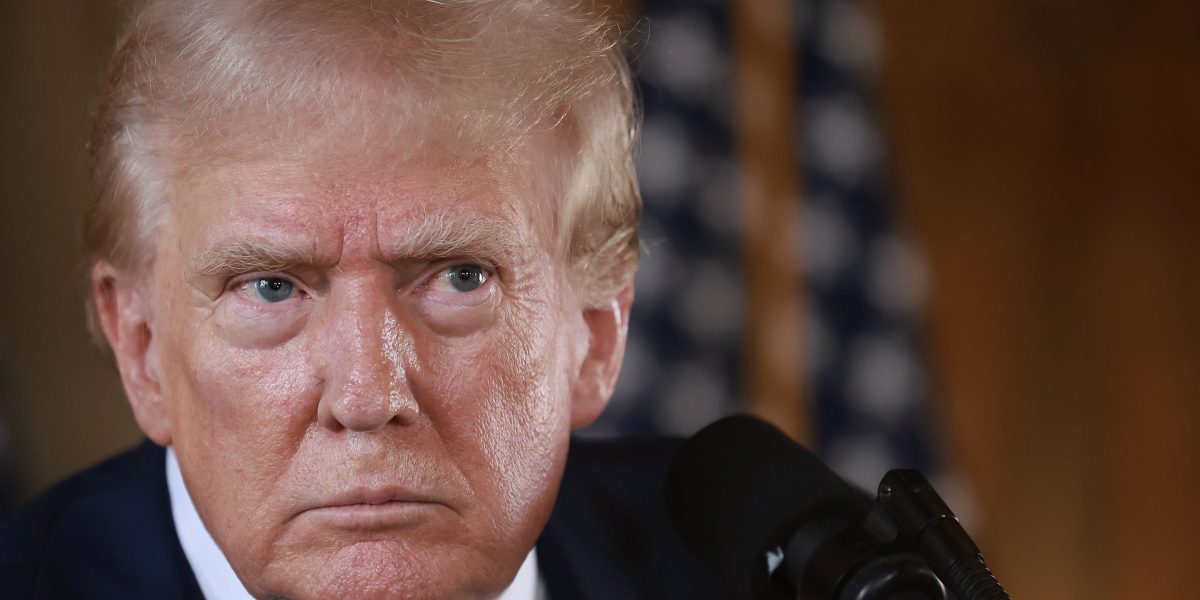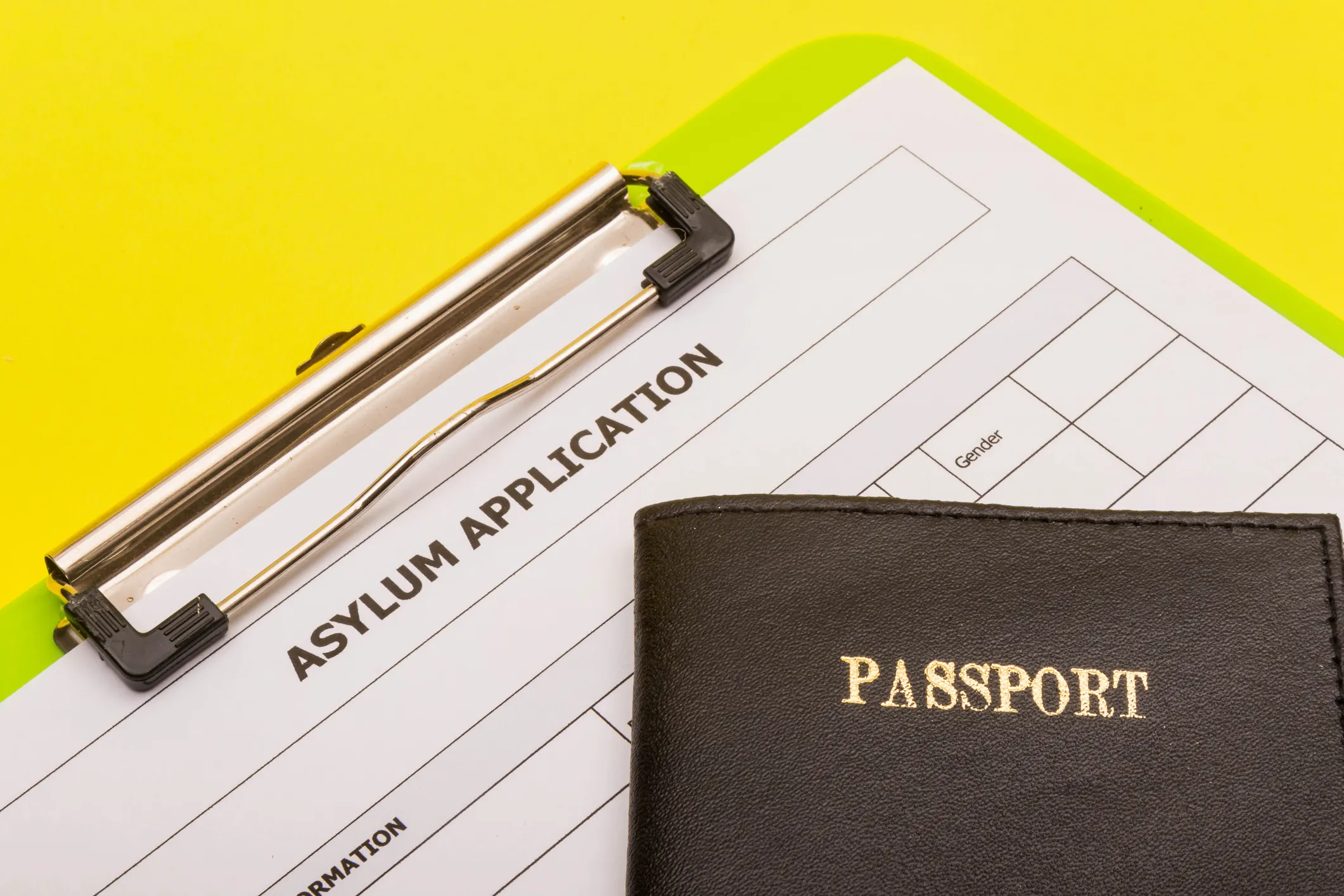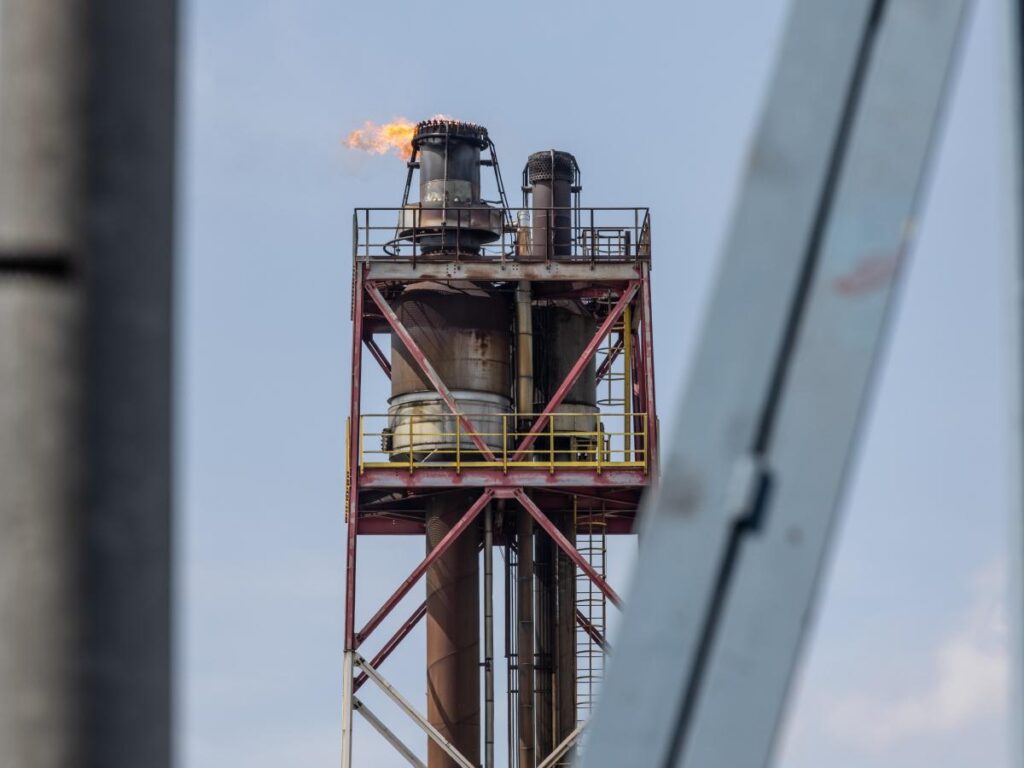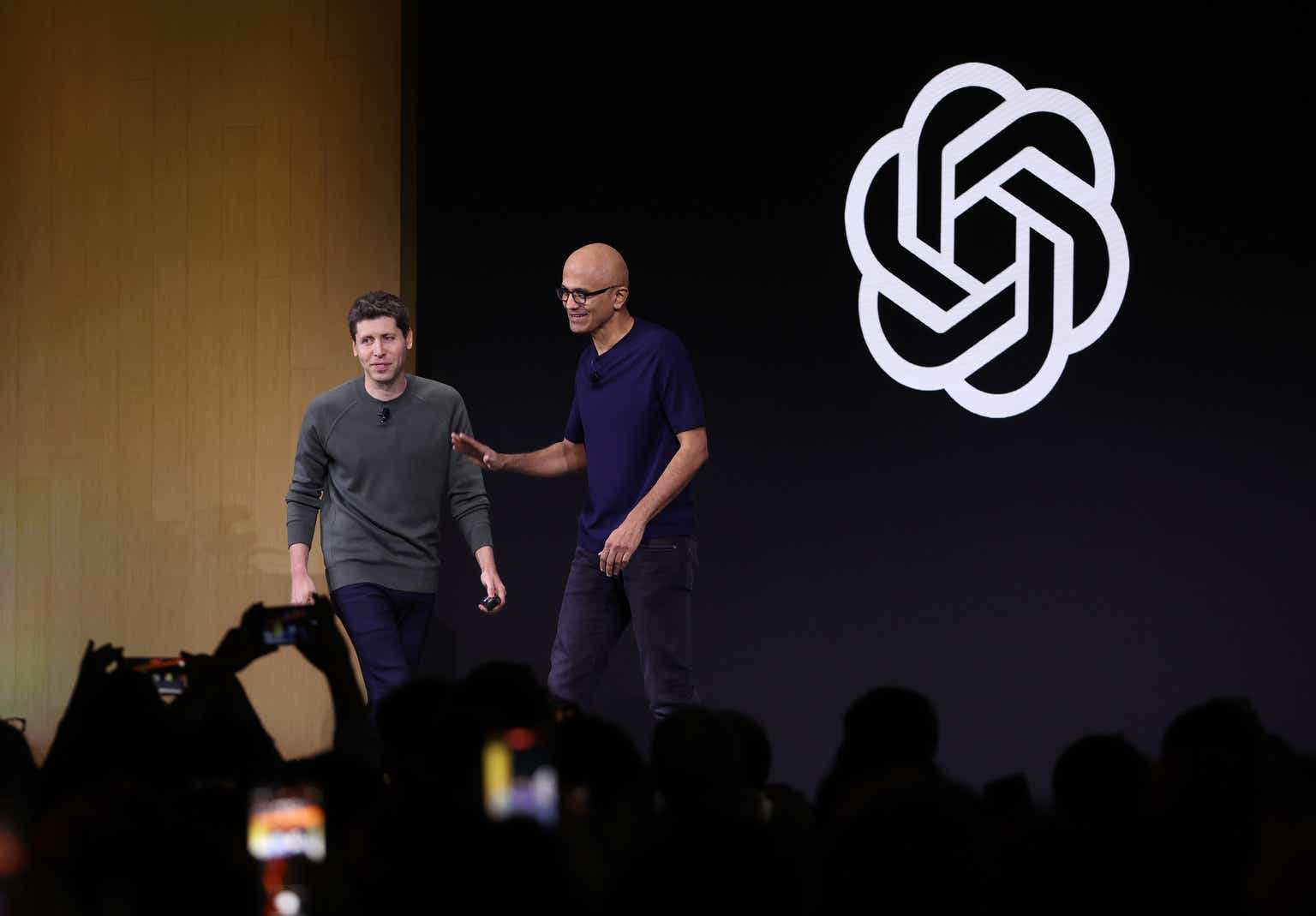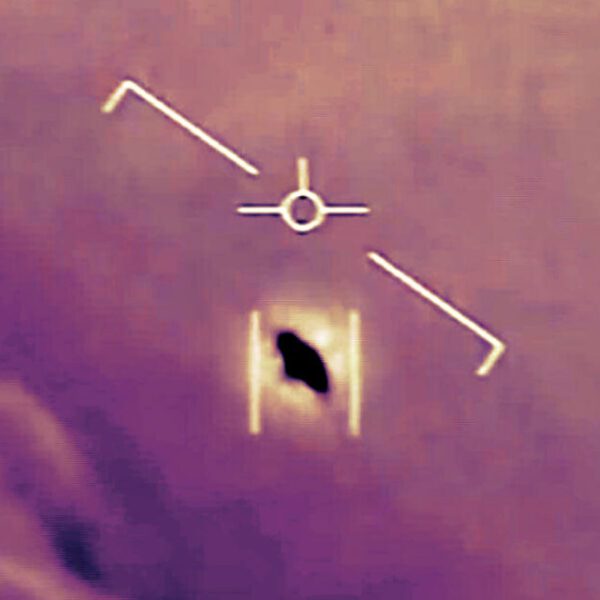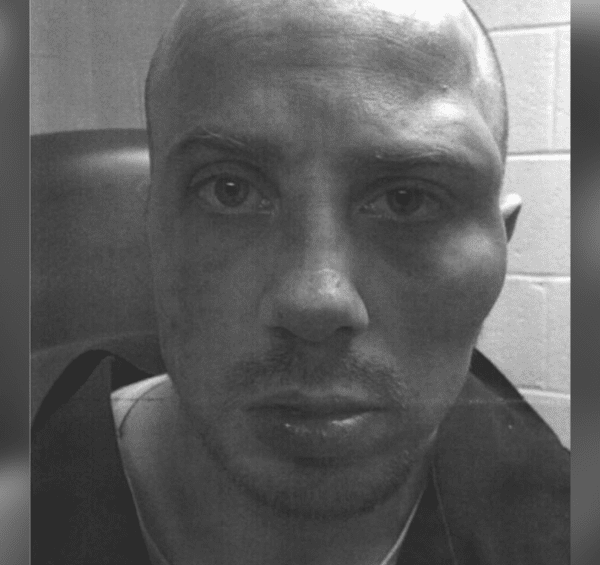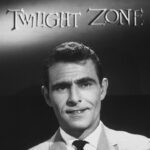

Former President Donald Trump got Wall Street’s attention by asserting that he should have more influence over interest rates, which are set by the Federal Reserve.
Rehashing a major grievance during his time as president, he criticized his own pick for Fed chairman, Jerome Powell, during a Thursday press conference and said he could do Powell’s job better.
“I feel the president should have at least say in there,” Trump said. “In my case, I made a lot of money, I was very successful, and I think I have a better instinct than, in many cases, people that would be on the Federal Reserve, or the chairman.”
Trump’s comments were brushed off by some in the financial world, but other major players were quick to condemn the idea that the Fed should be less independent.
Former Treasury Secretary Larry Summers was among the critics who said he was “appalled at how bad an idea it was.” The president has other issues to worry about and is not as close to the economy as the leaders of the Fed are, he added.
Meanwhile, Trump’s opponent, Vice President Kamala Harris, said Saturday that she wouldn’t interfere with the Fed if she is elected president.
The Fed’s history with presidential administrations
When the Fed was founded by the passing of the Federal Reserve Act in 1913, it wasn’t very independent. The act made the Treasury Secretary and the Comptroller of the Currency ex officio members of the governing board, and the Treasury Secretary presided over all the Fed meetings at the time, wrote Stephen Slivinski, a former senior editor in the research division of the Federal Reserve Bank of Richmond.
Even after the Treasury chief and the Comptroller of the Currency were removed from the board by a 1935 amendment to the Federal Reserve Act, Congress and the executive branch either mandated or exerted strong influence over the Fed’s activities for decades, according to Slivinski.
It wasn’t until an agreement between the Treasury Department and the Fed in 1951 that the central bank gained some independence. But that year, President Harry Truman also pressured then-Fed Chairman Thomas McCabe to resign, although Truman didn’t technically remove him.
The Fed faced another test from President Richard Nixon, who pressured then-Fed Chairman Arthur Burns to ease up on monetary policy to boost the economy ahead of the 1972 election.
“I respect his independence. However, I hope that, independently, he will conclude that my views are the ones that should be followed,” Nixon said of Burns, as revealed by the infamous Nixon Tapes that led to his resignation.
In part because of Nixon’s pressure, inflation skyrocketed during the 1970’s while economic growth slowed to create “stagflation” that lasted well after Nixon resigned in 1974. The oil shock in 1973 also sent gas prices soaring and stoked more inflation. These economic headwinds were only halted by the drastic interest rate hikes of Burns’ successor Paul Volcker.
Volcker is a prime example of why an independent Fed is necessary, said Jamie Cox, managing partner for Harris Financial Group. A president in control of the Fed could mean that political motivations like reelection could be staked above economic data.
“It could be used to boost up the legacy of one president, only to destroy the economy in the future,” he warned.
The Fed instead needs to float above the political fray to act quickly and ensure long-term prosperity for the economy, Cox added.
“When the Fed needs to make decisions whether it be to conquer inflation, whether it be to deal with a global pandemic, whether it be to deal with a deflation wave that could have spun into a credit crisis and basically created a depression, it needs to be able to do that without having to ask questions and ask permission,” he said.
What does the law say?
Though Trump complains about not having a say in interest rates, the president does have some influence over monetary policy, said Cox. The president nominates the chairman of the Federal Reserve as well as other voting members, who must also be confirmed by the Senate.
More scrutiny from lawmakers came after the Humphrey-Hawkins Full Employment Act of 1974 that amended the Federal Reserve Act, requiring the Fed chair to appear before Congress twice a year to explain the central bank’s monetary policy efforts and prospects for the future.
The Federal Reserve Act states that each Fed board member can only be removed “for cause.” There is no language in the act that deals directly with removing the Fed chair, but the position is considered a board member.
If a newly elected Trump tried to fire Powell before his term is up in 2026, a lawsuit could send the issue to the Supreme Court, according to financial historian and a legal scholar Peter Conti-Brown of the Brookings Institution.
But Cox pointed out Trump has the ability to change the law with the help of a cooperative Congress.
“If the president and the Congress together believe that some powers need to be changed, then they can do that, but it has to be a legislative process,” he said.

